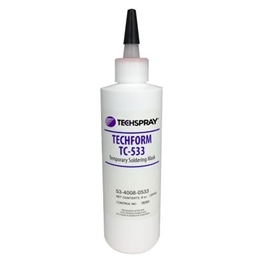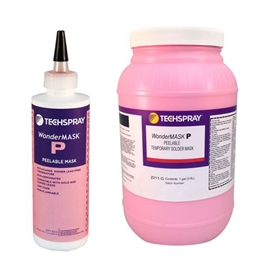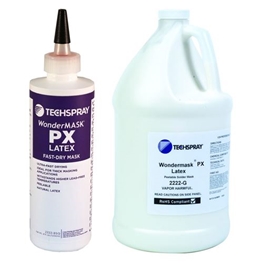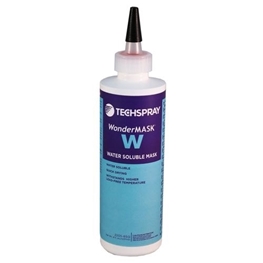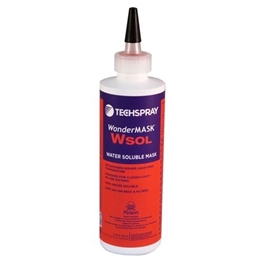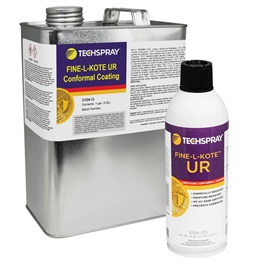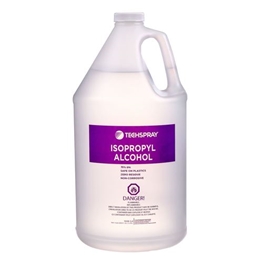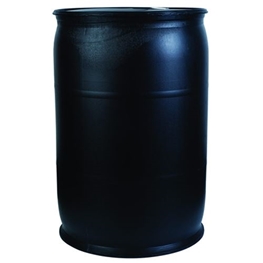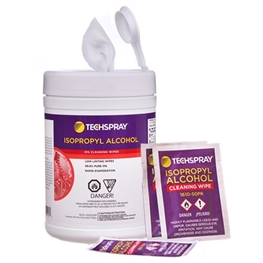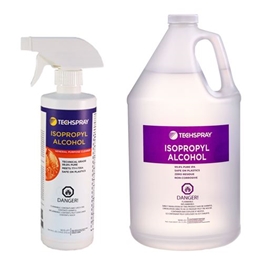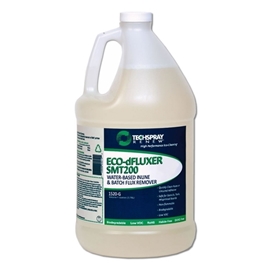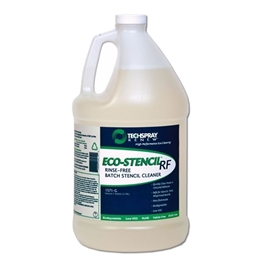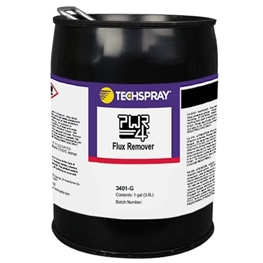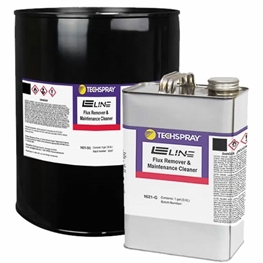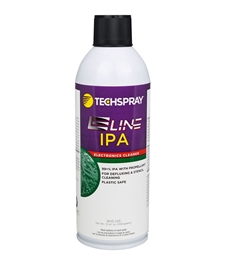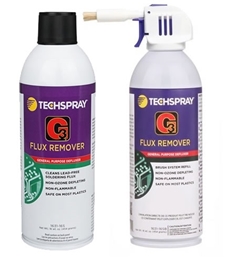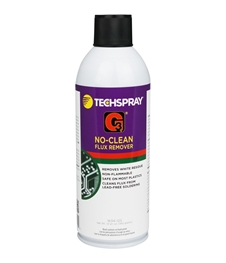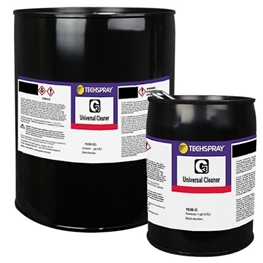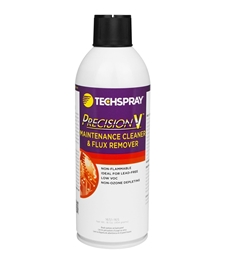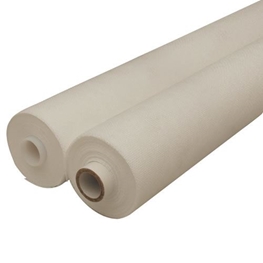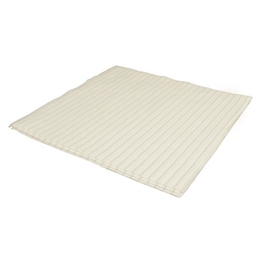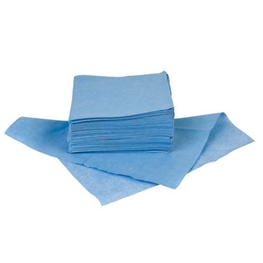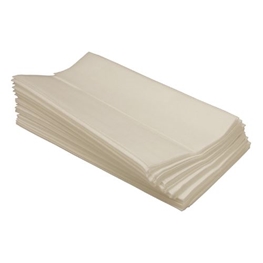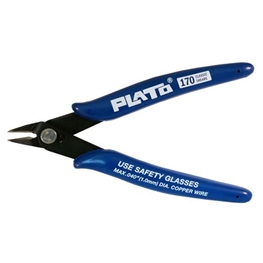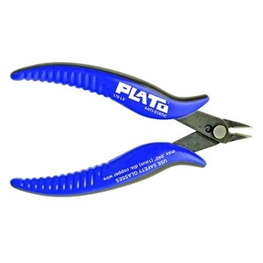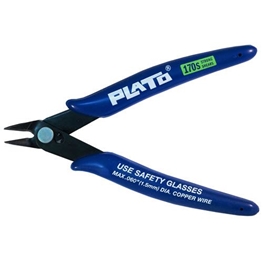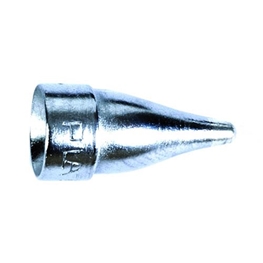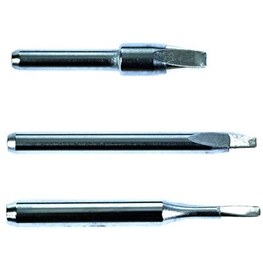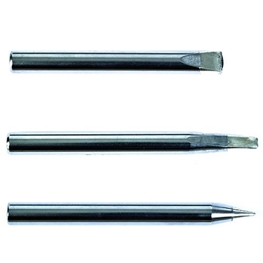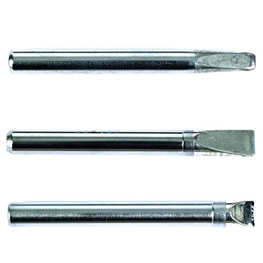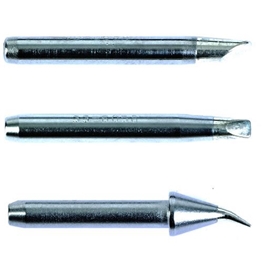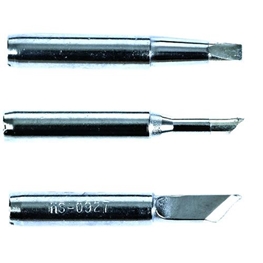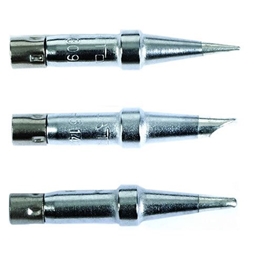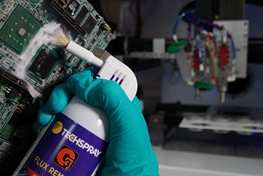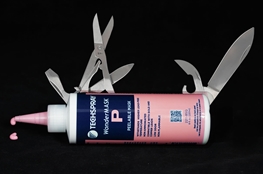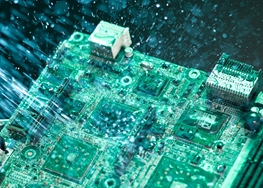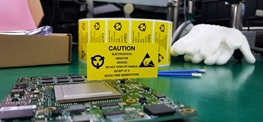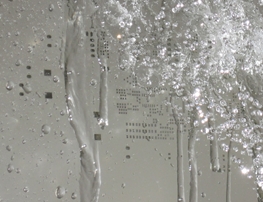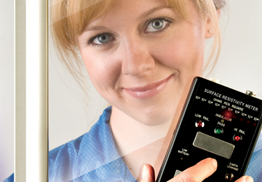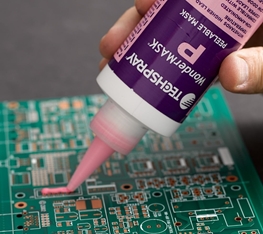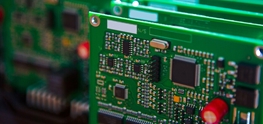Whether you run a PCB prototype house or a high-volume assembly operation, Techspray offers products to improve your electronic assembly products and processes.
TEMPORARY SOLDER MASKS
Techspray offers the broadest array of masks in the industry. WonderMASK is ideal for protecting empty thru-holes in a wave soldering process and sensitive components in your reflow oven. It can also be used to cover contacts and other areas when applying conformal coating.
CONFORMAL COATING
A wide variety of coatings is available including acrylic, silicone and urethane. Choose the viscosity that works best in your spray system, selective sprayer, or dipping process. Aerosols can be used for low volume production and rework.
SOLVENT AND WATER-BASED CLEANERS
Whether you are cleaning PCBs, stencils, or your SMT equipment, there are solvent- and water-based cleaners to fit every application. Eco-Stencil brand cleaners are alcohol-free and safely remove solder paste and adhesives from stencils. Eco-dFluxer cleaners effectively remove rosin, no-clean, and aqueous fluxes when used in an in-line or batch washer. Of course, several aerosol flux removers are also offered to give you the flexibility needed for smaller PCB runs as well.
LINT-FREE WIPERS
Techclean wipers offer cleaning performance without worrying about lint blocking stencil apertures.
SOLDERING TIPS AND TOOLS
When hand soldering, Plato is the go-to brand for shear cutters and replacement soldering tips. Tips are available for the most common soldering stations, including Hakko, Weller, and Pace.
Elect Repair
PCB Assembly Applications
-
 Adhesive removal
Adhesive removal
-
 Conformal coating
Conformal coating
-
 Flux removal
Flux removal
-
 Manual stencil cleaning
Manual stencil cleaning
-
 Masking
Masking
-
 Paste removal
Paste removal
-
 Reflow oven cleaning
Reflow oven cleaning
-
 Rinse-free stencil cleaning
Rinse-free stencil cleaning
-
 Spray-in-air stencil cleaning
Spray-in-air stencil cleaning
-
 Ultrasonic stencil cleaning
Ultrasonic stencil cleaning
-
 Understencil cleaning
Understencil cleaning
-
 Wave finger cleaning
Wave finger cleaning
Environmental & Safety
Cleaning Method
Applied Filters
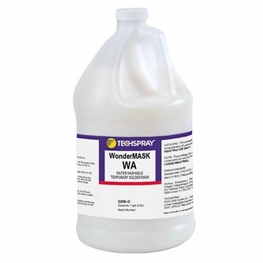
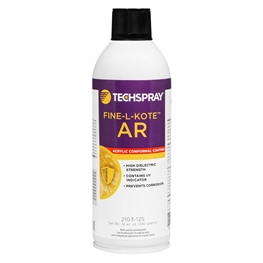
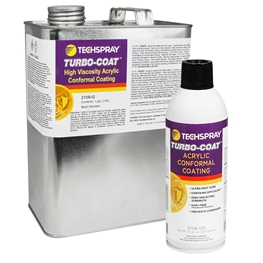
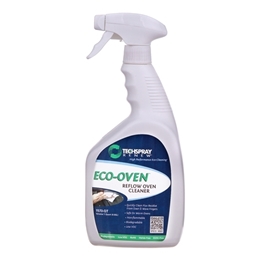


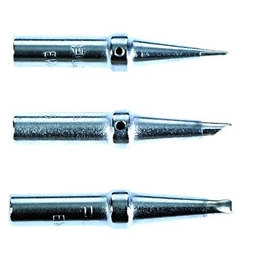
FAQ's
1. Flux is being used so liberally that it all isn’t being heated along with the solder.
or
2. The non-ionic residue can impede with the function of the devise either short-term or long-term.
The follow are factor to consider when trying to avoid breakage:
- Curing – Partially cured mask will have more of a tendency to break or leave residue.
- Temperature and duration in extreme heat – Mask is designed for wave soldering, which is about a second of exposure to molten solder temperatures (generally 550°-650°F). If the mask is sent through a reflow oven the duration is much longer, which can lead to more mask brittleness. If the mask is exposed to high-temperature solder (e.g. silver), it can also lead to more brittleness.
- Application method – When hand applying, we recommend holding the bottle at about a 60° angle, rather than upright at 90°. That tends to apply the material as a thick blanket over the areas to be masked. When the bottle is held at 90°, the mask is generally applied thinner, and is forced through holes and around components. Those thin areas are more likely to become brittle and stay behind, and mask pushed into holes and around components is harder to remove, so more likely to break.


